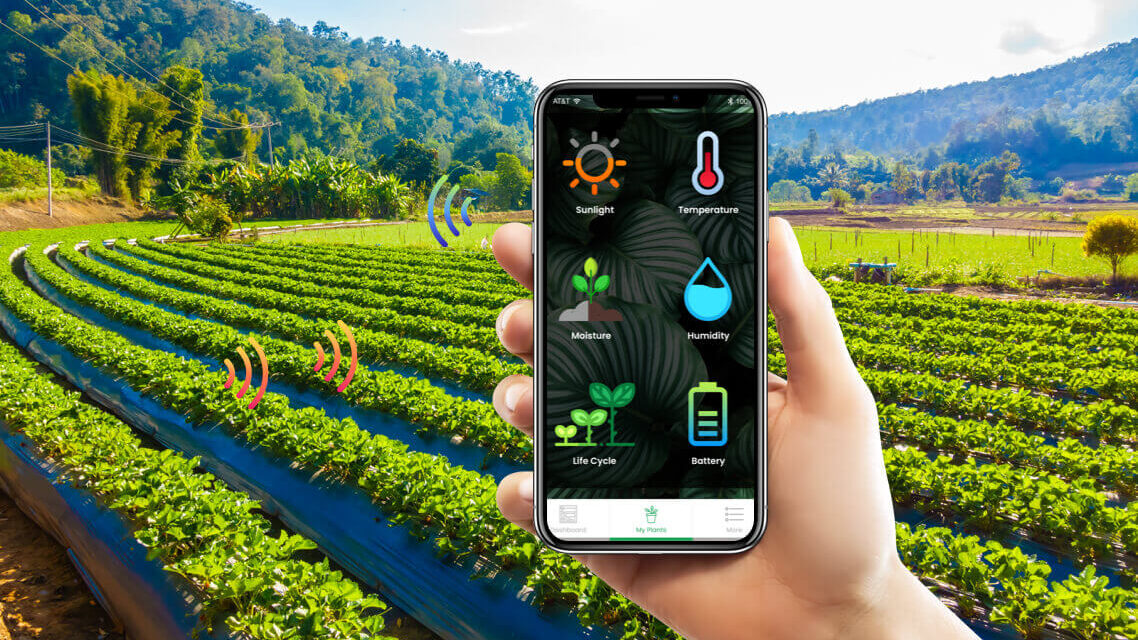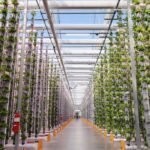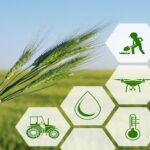The age-old practice of farming is undergoing a remarkable digital transformation, thanks to the convergence of data analytics and advanced farm management software. In an era where data is king, farmers are harnessing its potential to make informed decisions, streamline operations, and achieve higher yields while minimizing waste. This article delves into the world of data analytics and farm management software, exploring how these tools are revolutionizing modern agriculture.
Farming in the Digital Age
Gone are the days when farming relied solely on intuition and tradition. Today, farmers have an unprecedented array of data at their fingertips. Data sources range from weather forecasts and soil composition analyses to real-time crop growth metrics and machinery performance reports. This wealth of information serves as the foundation upon which data analytics and farm management software build their transformative impact.
The Role of Data Analytics
Data analytics, in simple terms, involves crunching numbers to uncover patterns, trends, and insights. In agriculture, this means turning raw data into actionable knowledge. Through sophisticated algorithms and software, farmers can analyze historical data to predict future crop yields, optimize planting schedules, and even anticipate disease outbreaks. This analytical prowess empowers farmers to make strategic decisions that maximize productivity and minimize risks.
The Power of Farm Management Software
Farm management software acts as a control center for modern agriculture. These digital platforms integrate data from various sources, creating a holistic view of the farm’s operations. From monitoring inventory levels and tracking machinery usage to managing personnel schedules and forecasting market trends, farm management software empowers farmers to manage their resources effectively. Moreover, these platforms often provide real-time insights, allowing farmers to adapt quickly to changing conditions.
Benefits Galore
The adoption of data analytics and farm management software offers a host of benefits. First and foremost, it enhances operational efficiency by optimizing resource allocation. Farmers can precisely allocate water, fertilizers, and pesticides, reducing waste and environmental impact. Additionally, predictive analytics can guide planting decisions, preventing underutilization of land and enabling rotation practices that maintain soil health.
The ability to monitor machinery performance in real-time minimizes downtime and ensures timely maintenance, saving both time and money. Moreover, data-driven insights enable farmers to make well-informed decisions regarding market trends and consumer preferences, resulting in more strategic production and improved market positioning.
Challenges and the Way Forward
While the benefits are compelling, there are challenges to overcome. Integrating various data sources and ensuring data accuracy can be complex. Furthermore, adopting these technologies requires training and sometimes shifts in mindset among farmers accustomed to traditional methods.
Looking ahead, the trajectory of data analytics and farm management software is promising. As technology evolves, these tools will become more intuitive and accessible, enabling more farmers to harness their potential. Integration with emerging technologies like artificial intelligence and blockchain could further enhance data accuracy and traceability.
Conclusion
The marriage of data analytics and farm management software marks a pivotal moment in the history of agriculture. Farmers are no longer solely reliant on instinct; they are armed with data-backed insights to make better decisions and maximize their impact. As these technologies continue to advance, the fields of data and farming will remain intertwined, cultivating a more efficient, sustainable, and prosperous future for agriculture.





